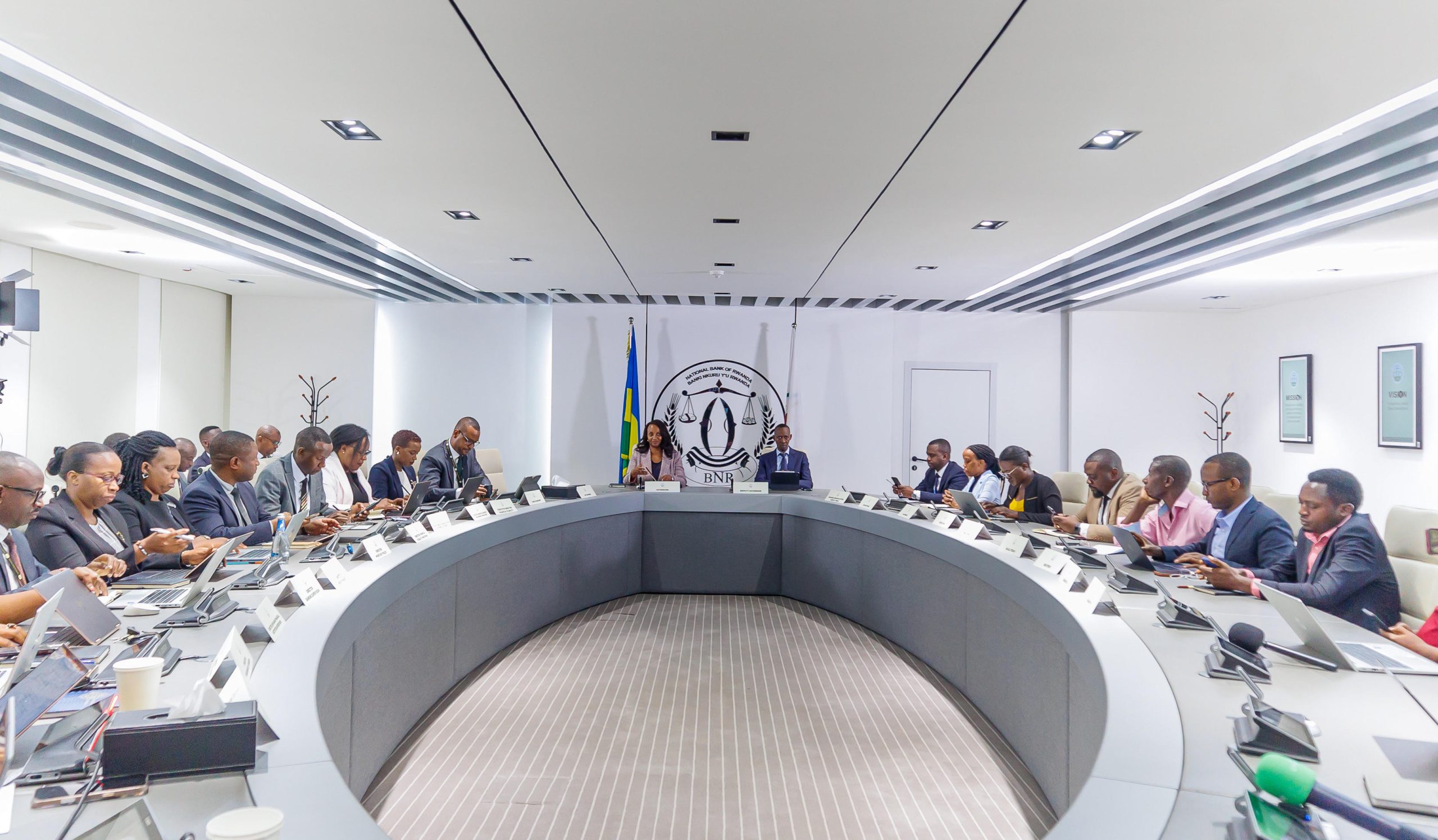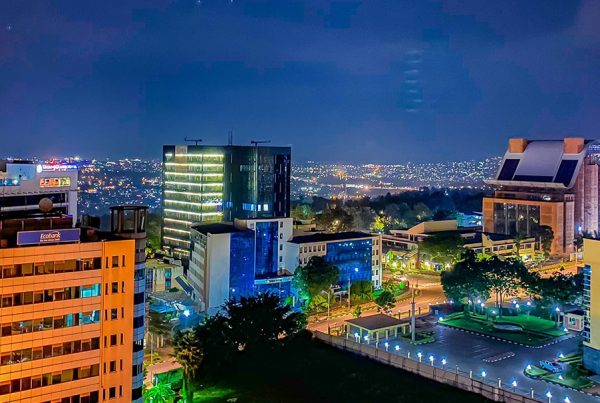Rwanda’s central bank raised its benchmark interest rate to 6.75 percent from 6.5 percent, a modest but deliberate tightening aimed at containing renewed price pressures while sustaining the country’s growth momentum. The decision comes as the economy posts strong external performance, narrowing its trade deficit and easing currency pressures, but faces an inflation outlook clouded by weather disruptions, energy costs, and global uncertainties.
Governor Soraya M. Hakuziyaremye told reporters, the move was necessary to ensure price stability remains anchored in the face of shifting risks. “Taking into consideration recent developments as well as new projections, the Monetary Policy Committee has decided to increase the Central Bank Rate to 6.75 percent,” she said Thursday in Kigali. Headline inflation, which averaged 6.7 percent in the second quarter, is now expected to rise to 7.1 percent in 2025 before moderating to 5.6 percent in 2026, a slightly higher path than previously projected.
Rwanda’s economy has shown remarkable resilience against the backdrop of tighter global financing conditions. Traditional exports such as coffee benefited from favorable global prices and higher volumes, while non-traditional exports, notably cooking oil and wheat flour, surged 31 percent in the second quarter, reflecting an expansion in domestic industrial capacity. Imports, by contrast, rose only 3.3 percent, with declines in fuel and capital goods offsetting modest gains in consumer goods, driven by rising domestic demand.
The narrowing of the trade deficit by 2.9 percent in the second quarter has provided breathing room for the foreign exchange market. The franc depreciated 2.96 percent year-on-year against the dollar by June, an improvement from the 3.73 percent recorded in the same period of 2024.
Hakuziyaremye attributed the stability to a combination of export growth, softer global dollar strength, and ongoing reforms in Rwanda’s domestic FX market. “This improvement in exchange rate stability can be explained by a narrowing trade deficit, a weaker US dollar on global markets, but also the impact of domestic foreign exchange market reforms,” she said.
While second-quarter GDP data is not yet available, high-frequency indicators point to a sustained expansion. The composite index of economic activity rose 12.5 percent, reflecting broad-based contributions from services, industry, and a modest recovery in agriculture. First-quarter GDP had already expanded by 7.8 percent, placing Rwanda among the fastest-growing economies in sub-Saharan Africa.
Lower borrowing costs supported growth momentum in recent months, as money market rates and commercial lending rates edged down. Interbank rates averaged 6.3 percent in the second quarter, down from 8.14 percent a year earlier, while average lending rates declined slightly to 15.97 percent. Despite these declines, the central bank judged that risks to inflation outweighed the case for keeping policy unchanged.
Rwanda has succeeded in pulling inflation back into the target range of 2 percent–8 percent after the double-digit spikes of 2022 and 2023. Core inflation has eased, helped by lower transport costs, but food prices remain volatile. Fresh food inflation rose in the second quarter due to delayed harvests and the end of season A, while energy inflation ticked higher after months of deflation.
The bank warned of “risks to this outlook, particularly adverse weather conditions which could affect agricultural production, geopolitical tensions and trade uncertainties,” underscoring how vulnerable the inflation trajectory remains. July’s uptick to 7.3 percent, from 7 percent in June, highlighted the fragility of the recent disinflation trend.
The decision also places Rwanda’s policy trajectory in a regional context. The Central Bank of Kenya has kept its policy rate at 13 percent, reflecting a far more aggressive tightening cycle to rein in persistent inflationary pressures and support the shilling. Uganda’s central bank maintained its policy rate at 10.25 percent in July, citing sticky core inflation and external risks, while Tanzania has left its rate unchanged at 5.5 percent, preferring liquidity tools to address shilling weakness rather than outright tightening.
Rwanda’s more measured approach, raising rates incrementally while supporting growth through export expansion and FX reforms, highlights both the relative stability of its economy and its balancing act. With growth well above 7 percent and inflation still within the target band, the central bank is signaling confidence that small, proactive adjustments can prevent larger disruptions down the line.
For now, the tightening underscores Rwanda’s determination to protect hard-won macroeconomic stability as it navigates external shocks. Whether the move proves sufficient will depend heavily on weather patterns, global food and fuel prices, and the durability of its export boom.





